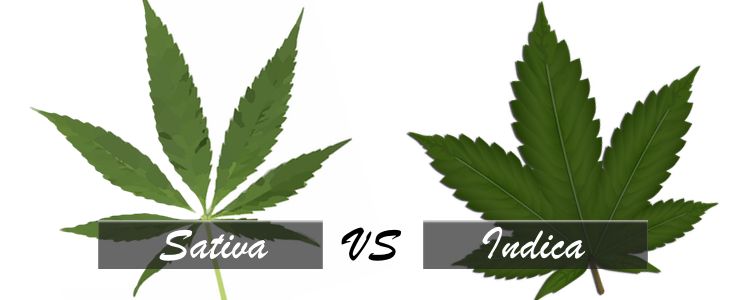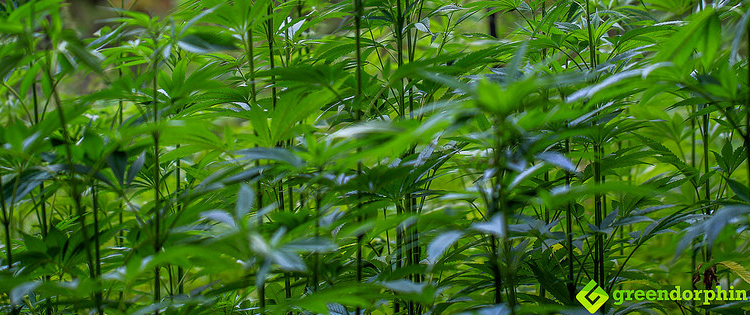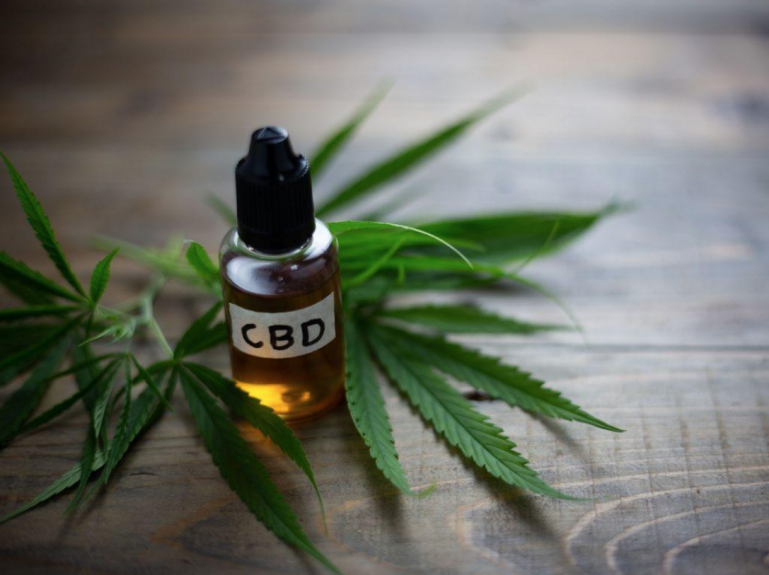Neither previously running a business nor considerable experience using marijuana will qualify you to start your own cannabis shop.
The challenges of turning a profit in the legitimate cannabis industry catch many entrepreneurs by surprise and prevent their seemingly promising companies from ever getting out of the red.
That reality should not necessarily dissuade anyone from joining the thousands of dispensaries opened across America since Colorado became the first state to legalize recreational marijuana in 2014.
Momentum favors cannabis entrepreneurs as more states legalize both medicinal and recreational cannabis every year. However, no one should jump on board the pot train without understanding how diverse the cannabis industry’s selection of products can get.
Cannabis Varieties
At the most general level, cannabis varieties can be separated into three broad categories:
Sativa – These tall, narrow-leaf varieties are prized for the tendency for their energizing, uplifting cerebral effects to enhance the enjoyment of creative pastimes, physical activity and social interactions.

Indica – Recognizable by their stout stature and broad leaves, these plants deliver soothing sedation that best accompanies a sound night’s sleep or settling in for a quiet movie night.
Hemp – Formerly known as Cannabis sativa, these industrial, non-intoxicating varieties are grown primarily to harvest their fiber for textiles and ropes, seeds for nutritional supplements and, with the help of a CBD extraction chiller and other specialized equipment, CBD oil as a widely popular, effective calming agent capable of temporarily alleviating chronic pain, anxiety and cognitive impairment.

The differences lie primarily in concentrations of two chemical compounds. THC increases hunger, generates pot’s signature “high” and relieves nausea and pain.
Non-intoxicating CBD soothes pain, inflammation, anxiety and numerous additional maladies. Customers chasing euphoria while treating chronic pain, insomnia, depression and more will often seek out THC-dominant strains, but these varieties can make some users highly anxious.
Due to their relatively low THC concentrations, CBD-dominant varieties are more popular with patients who need clear-headed relief from certain conditions but exhibit high
THC sensitivity. Balanced strains induce moderate euphoria and reliable symptom relief, a fine combination for new consumers.
CBD Oil Options
With the exception of its use as an active ingredient in the prescription epilepsy drug Epidiolex, the FDA has not yet recognized CBD as an approved substance.
In fact, some states currently still prohibit its sale. All relevant state and local laws and a clinical professional should always be consulted before attempting to purchase and medicate with CBD oil.
That being said, most of the dozens of CBD oil manufacturers working today offer products in three potencies. Your choice should hinge on exactly what benefits the patient is seeking or the condition necessitating relief, whether for symptomatic therapy or some combination of improved immune health, better homeostatic balance and general disease prevention.

Some patients looking to alleviate symptoms of a chronic condition such as inflammation, pain, insomnia or depression will jump straight to a 1,000 mg oil tincture.
Most will wisely test the effects of a 300 mg oil to feel out its effects, possibly increase to 600 mg if the initial dosage doesn’t yield the desired result and finally jump to 1,000 mg in the event the first two strengths fail.
Biochemistry can differ starkly from one individual to the next, as do therapeutic results and other side effects. Always dose with care.
Edibles
Pot fans averse to smoking can now turn to a vast array of edibles, high-quality foods and beverages infused with various varieties of cannabis.
Though these special treats are easy and discreet to consume in nearly any setting, their effects may not set in for several hours before gradually rising in potency.
Onset may range from as quickly as 20 to 45 minutes after consumption to taking as long as 3 hours, and the buzz typically lasts somewhere between 4 and 6 hours.
Inhalation or sublingual ingestion may bring on the buzz more quickly, but the high from edibles is more of a marathon than a sprint.
Edible potency is not based on a pure percentage of cannabinoid strength. Instead, packages usually state both the milligrams of cannabinoids per serving and in the entire edible.

This allows consumers to ration a bar of chocolate containing 50 mg of THC into more reasonable doses of 5 mg each or whatever the desired dose may be.
A “beginner” dose is usually considered to fall between 1 mg and 5 mg, but an intermediate dose could be anywhere 5 mg and 20 mg. Meanwhile, highly experienced users may possess the constitution to handle more than 20 mg of THC in a single portion.
Appropriate dosage can depend on factors ranging from simple bodyweight to history of usage having built up a tolerance.
Transportation
Transporting cannabis for legal sale presents its own set of potential complications. Several states have progressively legalized cannabis for medicinal and recreational uses, but the Constitution’s Supremacy Clause maintains that what federal law says goes.
Consequently, any cannabis shop’s inventory remains unanimously “illegal” and cannot be transported across state lines under penalty of criminal prosecution. Severity depends on whether an instance is an individual’s first or second offense.
State laws vary between separate jurisdictions, but businesses generally fall under different rules than individuals.
All cannabis shops in all legalized states must be licensed by the state before legally transporting their products. In Colorado, for example, that means passing muster with the State Licensing Authority and relevant local bodies.
Washington requires a specialized marijuana retailer license and compliance with strict transportation regulations. California licensees may transport cannabis goods but only within the state.
Never assume one-to-one equivalency between any two states’ degrees of licensure and regulation. Always touch base with your appropriate licensing authorities before transporting cannabis and note the enforcement priorities of the federal government’s current administration.

Where legal, starting your own cannabis shop can be a rewarding journey into America’s evolving outlook on compassionately condoned self-medication and relatively victimless personal recreation.
Nevertheless, cannabis remains a controlled substance for a good reason: illegal or not, only individual maturity and accountability can guarantee its responsible use.
Retailers, suppliers and consumers alike can ill-afford a poorly regulated environment in which careless practices give lawmakers cause to question whether legalization was such a great idea in the first place.
For your own good and that of the legitimized cannabis industry, be smart.
- What Is the Difference Between CBD Supplements and THC? - October 22, 2020
- How to Best Use Edibles for an Extra Special Halloween - October 8, 2020
- How to Look for Responsibly Sourced Cannabis in Your Area - September 8, 2020


